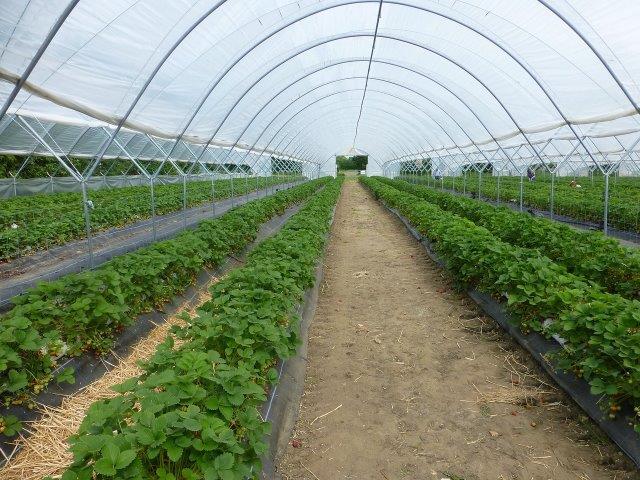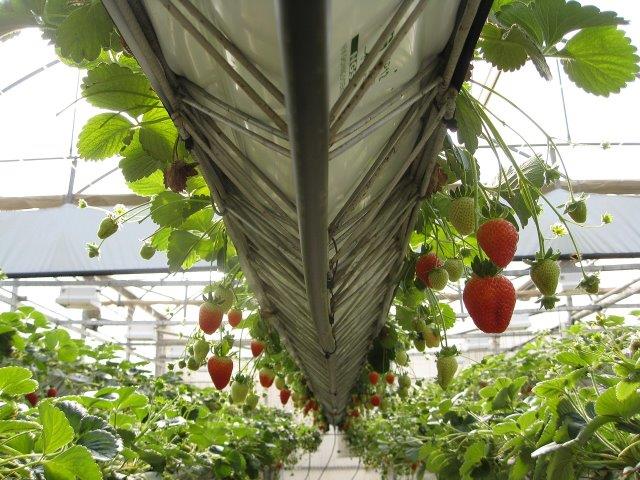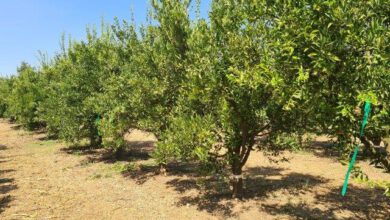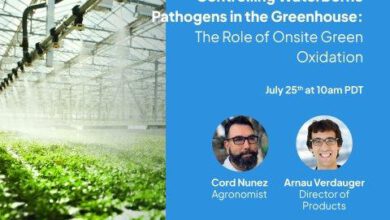Nurturing Tomorrow’s Harvest: Perfecting the Greenhouse Conditions – Air, Heat, Humidity

When it comes to growing crops in greenhouses. Indeed, maintaining optimal environmental conditions is essential for maximizing crop yields and quality in a controlled indoor environment.
Let’s delve a bit deeper into each of these aspects:
1. Environmental Conditions: Greenhouses allow growers to control temperature, humidity, and air quality. This control ensures that crops can thrive even in adverse weather conditions. Temperature control is especially vital as it influences growth rates, flowering, and fruiting. Proper ventilation and air circulation are necessary to prevent diseases and maintain consistent conditions.
2. Light: Light is a primary energy source for plant growth through photosynthesis. In greenhouses, artificial lighting may be required, especially during the winter months or in locations with limited natural sunlight. The type and intensity of light can vary depending on the crop’s requirements and growth stage.
3. Water: Proper irrigation is essential to supply crops with the right amount of water. Overwatering or underwatering can lead to issues such as root rot or stunted growth. Automated irrigation systems with sensors can help maintain optimal soil moisture levels.
4. Nutrients : Monitoring and adjusting nutrient levels are critical for greenhouse crop success. Hydroponic and aquaponic systems are commonly used for precise nutrient delivery. Nutrient solutions need to be tailored to the specific needs of the crop at different growth stages.
5. Crop Knowledge : As you mentioned, having a deep understanding of the crop you’re growing is crucial. Each plant has unique requirements, and growers must be familiar with their specific needs, from planting to harvesting.

6. Data Monitoring and Automation: Greenhouse growers often use sensors and monitoring systems to collect data on environmental conditions. This data helps them make informed decisions and automate control systems to maintain ideal conditions.
7. Resource Efficiency: Efficient resource use is a key goal in greenhouse farming. By precisely controlling inputs like water and nutrients, growers can reduce waste and environmental impact while optimizing crop growth.
8. Pest and Disease Management: Greenhouses can be vulnerable to pests and diseases due to the enclosed environment. Integrated pest management (IPM) strategies are employed to prevent and address these issues while minimizing the use of pesticides.
9. Training and Expertise: Successful greenhouse farming requires skilled personnel who can manage the complex systems and respond to changing conditions effectively. Training and ongoing education are essential.
In summary, greenhouse crop production is a highly controlled and precise form of agriculture. Growers must balance multiple factors to create the ideal growing conditions for their crops, all while being efficient with resources and staying vigilant against potential issues. This approach enables year-round cultivation and can result in higher yields and superior crop quality compared to traditional outdoor farming.




